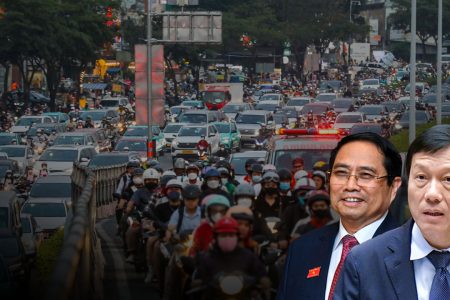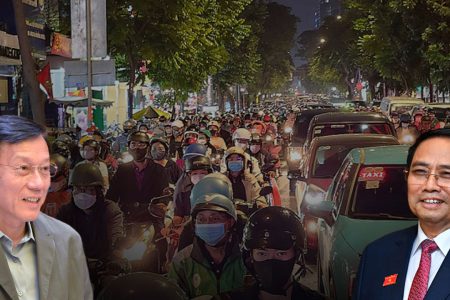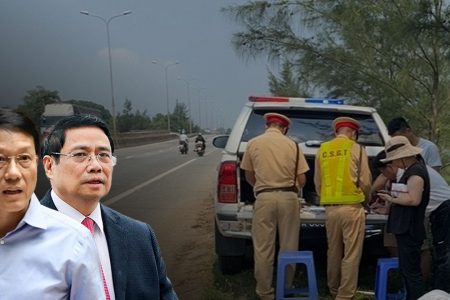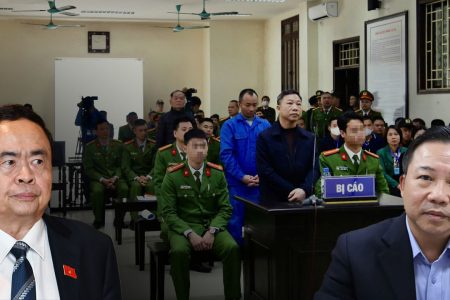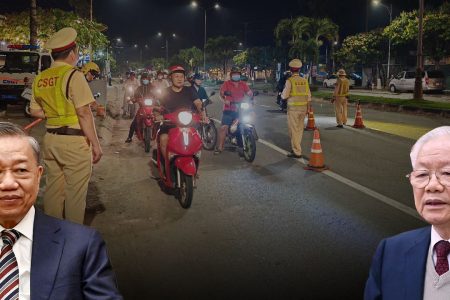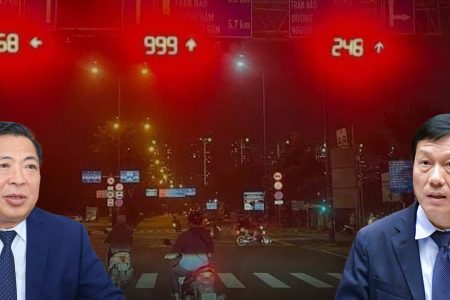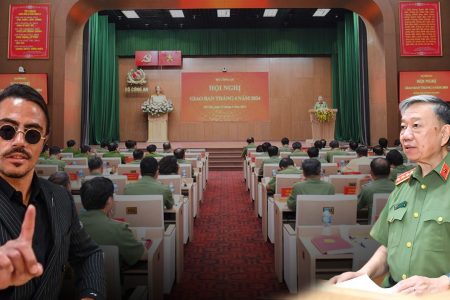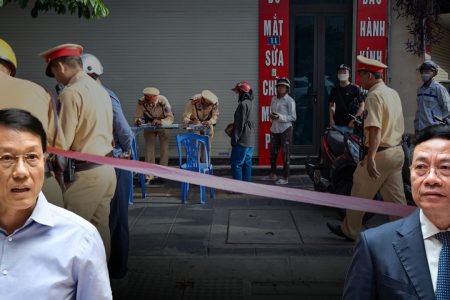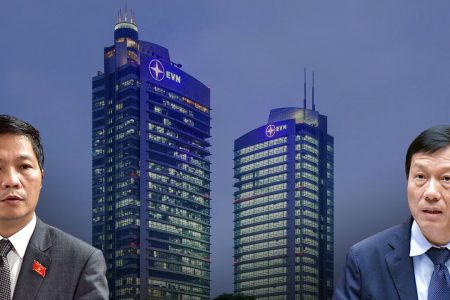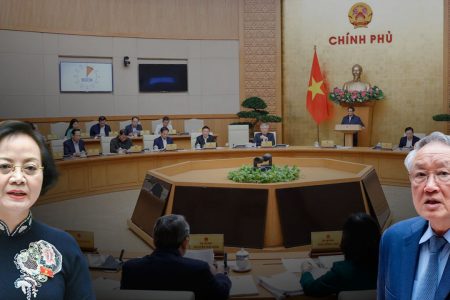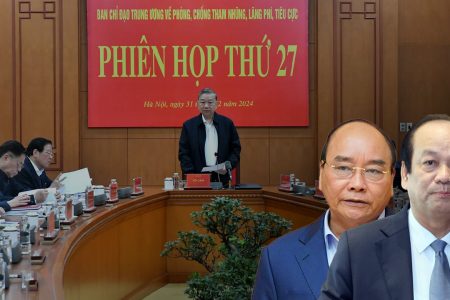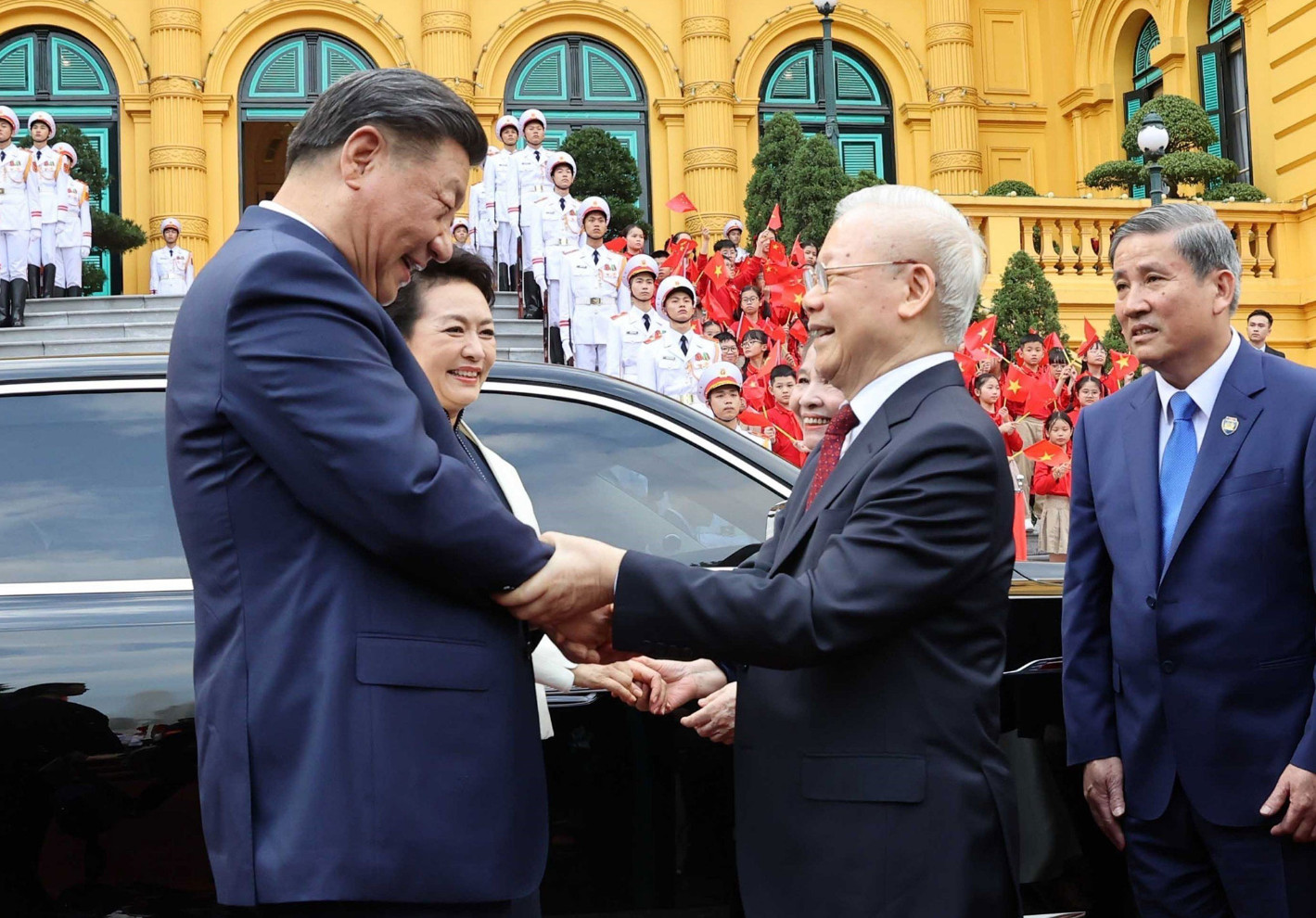
The East Sea (South China Sea) issue is China’s core interest, so China must definitely entice Vietnam to become a member of a “community of shared destiny” with China. Because Vietnam is a country with a long coastline in the East Sea and serves as a gateway to the sea for China.
It is unusual for Cambodian Prime Minister Hun Manet to visit Vietnam one day before Chinese President Xi Jinping. Mr. Hun Manet visited Vietnam on December 11-12 while Xi visited Vietnam on December 12-13.
Observers commented that: “There is a high possibility of a three-way negotiation between Xi Jinping, Hun Manet and Hanoi’s leadership.”
Previously, international media reported on December 8, “Chinese warships are present at Cambodia’s Ream naval base for ‘training’” along with the comment “Before this trip, there are no foreign warships are known to have been granted access to the Ream naval base.”
In the Southeast Asia region today, Vietnam has not yet become a member of the “community of shared destiny” with China, while countries such as Myanmar, Thailand, Indonesia, Laos and Cambodia, have ” consensus” long ago.
It is known that since 2019, China has made statements and actions clearly demonstrating its policy that Beijing wants to connect with destiny, considering the directions of Southeast Asian countries and China to be closely linked.
Recently, the BBC quoted experts’ opinions, asserting that China wanted Vietnam to join the “community of common destiny” during President Xi Jinping’s visit since 2017. Therefore, it is not difficult to understand if, during this visit to Hanoi, the Chinese President will raise the issue of “a community of shared destiny” with Vietnamese leaders, in the context of Vietnam-China relations still developing stably, despite disagreements in the East Sea.
With tensions in the East Sea, Vietnam could become a threat that shatters China’s hopes of maintaining its strategic position to compete with the United States in the international arena. This forces China to pay close attention to and thoroughly “resolve” the issue of “community of shared destiny” with Vietnam.
That is why whether Vietnam will join the “community of common destiny” during this visit of President Xi Jinping or not is the key issue. Vietnam is forced to accept the inclusion of the concept of “community of destiny” in the Vietnam-China Joint Declaration, which will be considered Hanoi’s official recognition of the foundation of China’s “new order.”
Analysts affirm that, in the end, Hanoi “must close its eyes” and join the “community of shared destiny” with China and five other Asean countries.
Thus, it can be seen that China is making great efforts and determination to entice Vietnam, forcing Hanoi to return to China’s circle. Previously, Vietnam showed signs of leaning towards the West and the United States, which meant moving away from Beijing.
Beijing was forced to let Xi Jinping “appear” to show closer ties in the relationship between Vietnam and China, but in the style of big country foreign policy – “stick and carrot.”
The fact that Cambodian Prime Minister Hun Manet visited Vietnam had a day earlier than that of Xi Jinping sparked speculation that, most likely, there would be a three-way meeting in Vietnam, China and Cambodia.
The presence of Prime Minister Hun Manet at the three-way meeting (if any) is a tough message officially given to Hanoi by Xi Jinping and the Beijing leadership. Accordingly, if Vietnam continues to ally with the West and the United States to encircle China, China will use the Cambodia card and immediately encircle Vietnam.
Furthermore, Cambodia’s recent moves further confirm that the above statement is completely well-founded. For example, Cambodia is implementing a plan to build the Funan Techo canal, connecting the Mekong River to the Gulf of Thailand. This will seriously affect the Mekong Delta, destroying the ecological environment and many other consequences here.
In addition, Cambodia also allows China to use Ream military port, which is essentially a Chinese military base located abroad. This base can directly threaten the southwest region of Vietnam.
For Beijing, if Hanoi shows signs of associating with other countries to escape China’s circle and go against China’s sovereignty claims, it will immediately use military force towards Vietnam.
In the past, at the end of 1978, China incited the Khmer Rouge to attack Vietnam’s southwest border. Then, Deng Xiaoping launched an attack across the North Vietnamese border in February 1979, right after Vietnam signed an association agreement with the Soviet Union, to fight against China.
Therefore, when China saw Vietnam becoming closer to the West and the United States, it used the card of Cambodia to restrain, warn, and remind Vietnam not to be foolish in leaving China.
In return, there is a high possibility that China will offer funding plans and lend capital to Vietnam to build infrastructure within the framework of the Belt and Road Initiative. This is a one action with two purposes, both as a bait and to force Vietnam a new debt, similar to the Cat Linh-Ha Dong Railway project.
Furthermore, Vietnam and China share the same Communist ideology and the same political and economic model. Vietnam is considered a copy of China.
Therefore, the fact that Beijing will be determined to entice Hanoi to join the “community of shared destiny” with China is understandable and difficult to reverse.
Thoibao.de (Translated)




